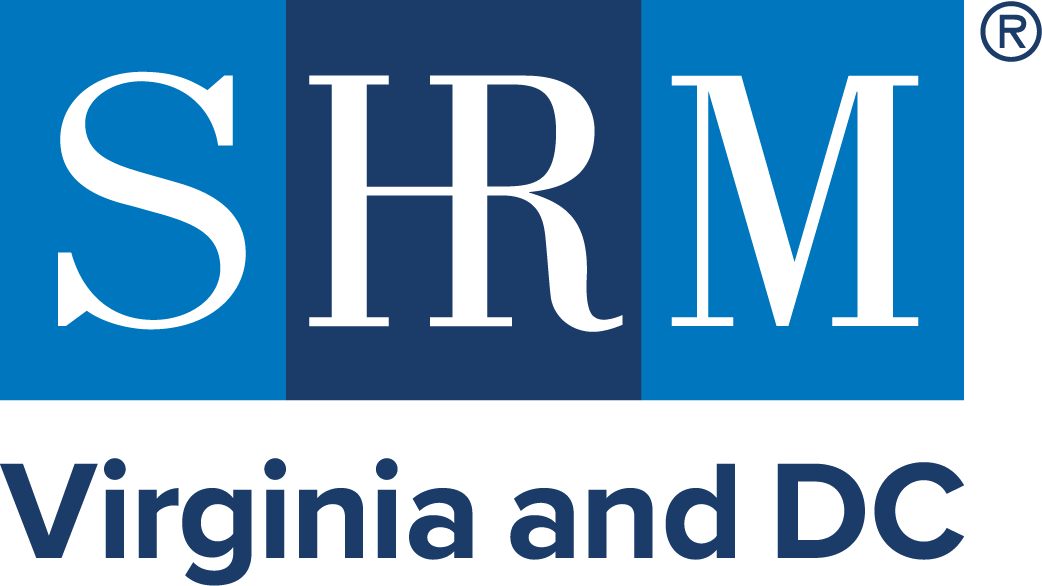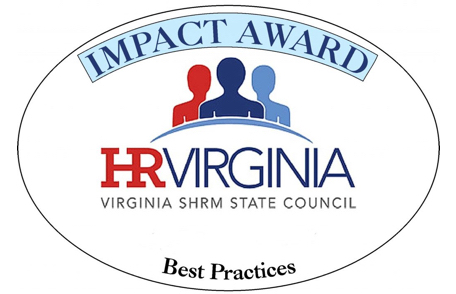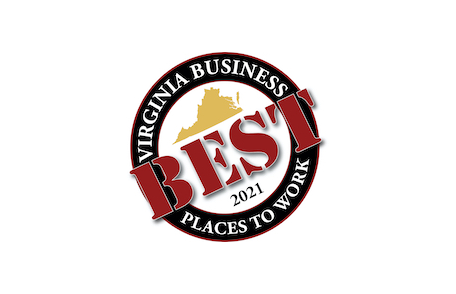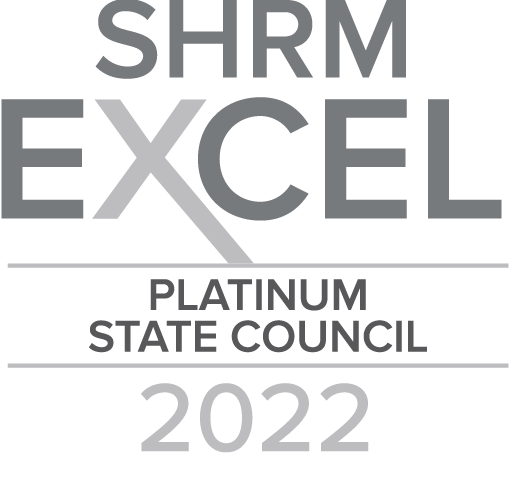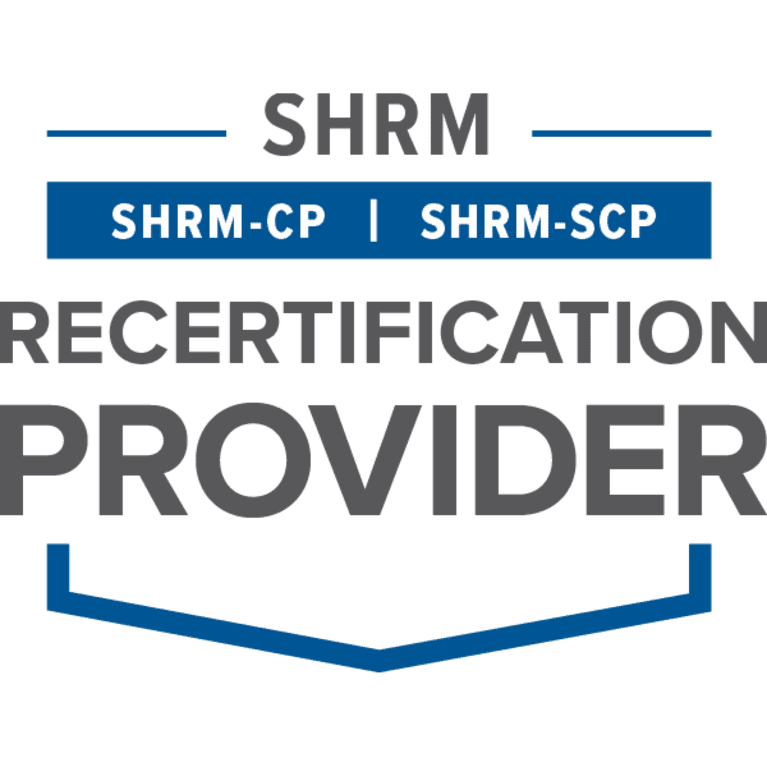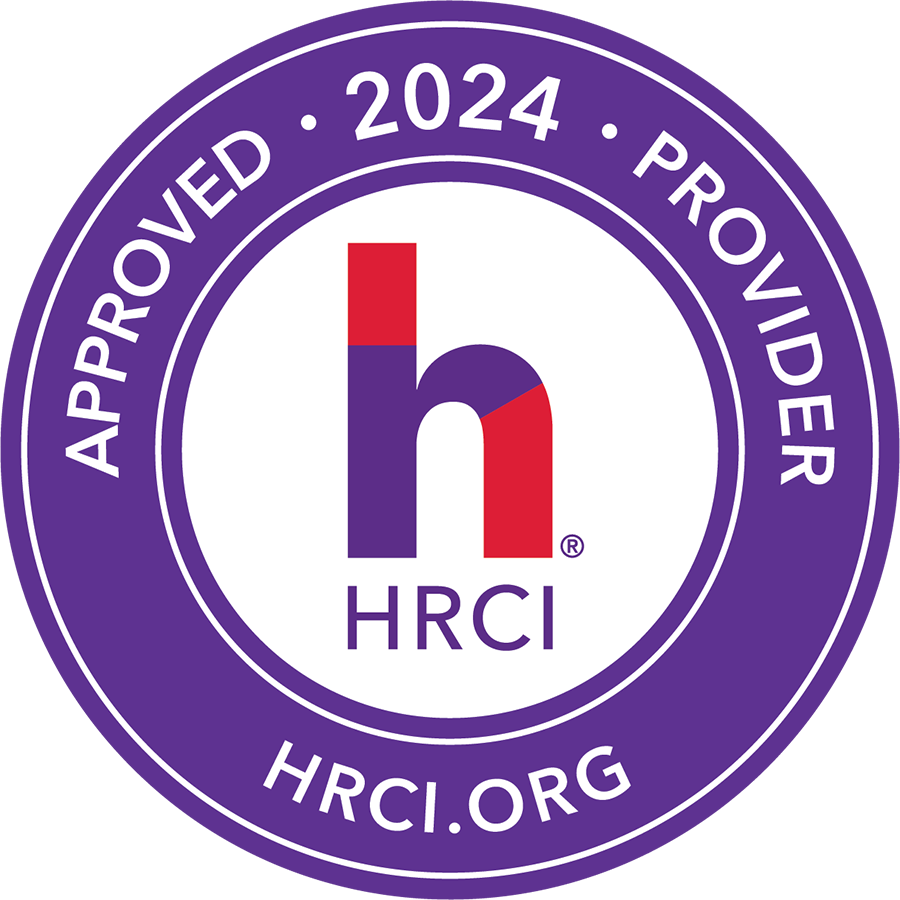Introduction
It’s no secret that immigration has been a major topic of discussion in American society over the last few years. Coupled with societal shifts taking place due to different generations joining and leaving the workplace, and major world events shaping the American culture, the workplace is seeing unprecedented needs to address employees’ needs. This contributed article highlights some of the factors influencing the workplace today.
Historical Context of Immigration
The United States has been and continues to be a land of opportunity, attracting waves of immigrants since the colonial era. From the first settlers seeking religious freedom to Europeans fleeing famine in the 1800s, America has been a melting pot of cultures. This diverse influx of individuals has continuously shaped the nation’s cultural and economic landscape.
Impact on the Modern American Workforce
The constant flow of immigration, coupled with significant societal shifts, has profoundly impacted the American workforce. Companies now face new challenges and opportunities as they navigate this evolving landscape.
Increasing Numbers of Foreign-Born Workers
According to the Bureau of Labor Statistics, in 2023, foreign-born workers made up 18.6 percent of the U.S. civilian labor force, up from 18.1 percent in 2022. This increase highlights the growing role of immigrants in the workforce.
Societal and Economic Shifts
Significant societal changes are reshaping the American workforce. Flexible work arrangements, a focus on Diversity, Equity, Inclusion & Belonging (DEI&B), and relaxed dress codes are becoming the norm. Additionally, the shift from traditional to digital marketing has created a more connected and interactive environment between marketers and consumers.
Changing Workforce Demographics
Immigration and societal shifts have changed workforce demographics. Immigrants bring cultural diversity, languages, and perspectives, contributing significantly to the labor force. Pew Research Center projects that immigrants and their descendants will drive U.S. labor force growth through 2035, with foreign-born workers making up about 18% of the workforce.
Enhancing Innovation and Problem-Solving
A 2015 McKinsey report directly correlates racial and ethnic diversity and improved financial performance. For every 10 percent increase in racial and ethnic diversity among senior executives, earnings before interest and taxes (EBIT) increased by 0.8 percent. Diverse teams bring various skills and perspectives, enhancing innovation and problem-solving capabilities.
The Role of DEIB Programs
DEIB programs, which began during the civil rights movements of the 1960s, are now more critical than ever. In 2023, 30% of employees reported that these programs are a priority in their organizations, and 54% said their companies continue to emphasize DEIB efforts.
Industry Examples
Industries like technology and healthcare benefit significantly from diversity. Companies like Google and IBM have long recognized this, allowing them to develop products for a global market and maintain a competitive edge.
Challenges of Workforce Integration
Integrating a diverse workforce is challenging. Implicit bias remains a significant obstacle, affecting hiring practices, daily interactions, and conflict resolution. Addressing these issues requires a committed effort from organizational leaders.
Navigating Legal and Policy Considerations
Visa restrictions, changes in work authorization processes, and political climate fluctuations can disrupt workplace planning and hiring strategies. HR professionals must stay informed about policy changes and proactively support immigrant employees. Providing legal resources, visa assistance, and a supportive community within the workplace are essential for stability and morale.
Influence of Societal Changes
Societal changes, such as evolving gender roles and increased awareness of social justice issues, significantly influence the workplace. Movements like #MeToo and #BlackLivesMatter have led to greater scrutiny of workplace practices and a push for more equitable treatment of all employees. These efforts improve workplace culture and attract top talent.
Conclusion
Immigration and societal shifts are transforming the American workplace, presenting challenges and opportunities. A diverse workforce significantly benefits white-collar and blue-collar jobs by leveraging employees’ unique strengths and perspectives. By embracing diversity and fostering an inclusive culture, companies can unlock their workforce’s full potential, driving innovation and achieving tremendous success. As the landscape continues to evolve, businesses that proactively adapt to these changes will shape the future of work in the United States.
References
- chrome-extension://efaidnbmnnnibpcajpcglclefindmkaj/https://www.bls.gov/news.release/pdf/forbrn.pdf
- https://www.history.com/topics/immigration/u-s-immigration-before-1965
- https://www.cooleaf.com/blog/a-history-of-corporate-dei-strategies
- Google Diversity Annual Report. (2021). Google’s approach to diversity
- IBM. (2020). IBM’s diversity and inclusion initiatives
- American Immigration Council. (2021). Recent U.S. immigration policy changes
- https://www.americanimmigrationcouncil.org/topics/immigration-reform
- https://www.wgu.edu/blog/how-modern-businesses-using-social-media1905.html
- Pew Research Center. (2020). U.S. labor force projections
- American Immigration Council. (2021). Recent U.S. immigration policy changes
- The New York Times. (2020). Impact of social justice movements on workplaces
- https://www.mckinsey.com/capabilities/people-and-organizational-performance/our-insights/why-diversity-matters
- https://online.usi.edu/degrees/business/mba/marketing/marketing-changed-21st-century/
- https://www.savills.us/insight-and-opinion/savills-news/357171/7-in-10-say-what-we-wear-to-work-has-changed-in-the-last-ten-years#:~:text=For%20one%20in%20ten%20(9pc,colleagues%20dressing%20more%20formally%20today.
About the Author
Kylie Foronda, aPHR
HR Operations Coordinator, STIHL Incorporated

If you like what you read here, subscribe to get our latest updates and relevant content for HR professionals.
